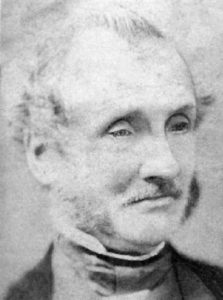In the 1890’s Marie Corelli’s novels were best sellers and although critics belittled her work as commonplace and overly melodramatic, she was read by Queen Victoria and William Gladstone.

Born Mary Mackay, the illegitimate daughter of the Scottish poet Charles Mackay and his servant Elizabeth Mills, she changed her name to Marie Corelli in 1886 and claimed she was part Italian. She pretended to speak Italian and, after moving to Stratford upon Avon in 1899 was seen boating on the river in a gondola, complete with a gondolier she had brought over from Venice.
Corelli never married and explained:
‘…There was no need. I have three pets at home which answer
the same purpose as a husband. I have a dog which growls every
morning, a parrot which swears all afternoon and a cat that comes
home late at night..’
For 40 years the author lived with her companion Bertha Vyver. Although she never defined herself as a lesbian – and her unrequited passion for the artist Arthur Severn was well known- Corelli’s biographers have speculated that her relationship with Vyver may have been romantic and support this theory by citing the erotic descriptions of female beauty which often appear in her books.
In addition to 25 novels, Corelli wrote books of short stories, poems and numerous articles and pamphlets on themes especially popular during the Victorian period such as romance, spiritualism, mysticism, fantasy, science and religion. She died in 1924 largely unremembered but her literary legacy is once again becoming recognised.


